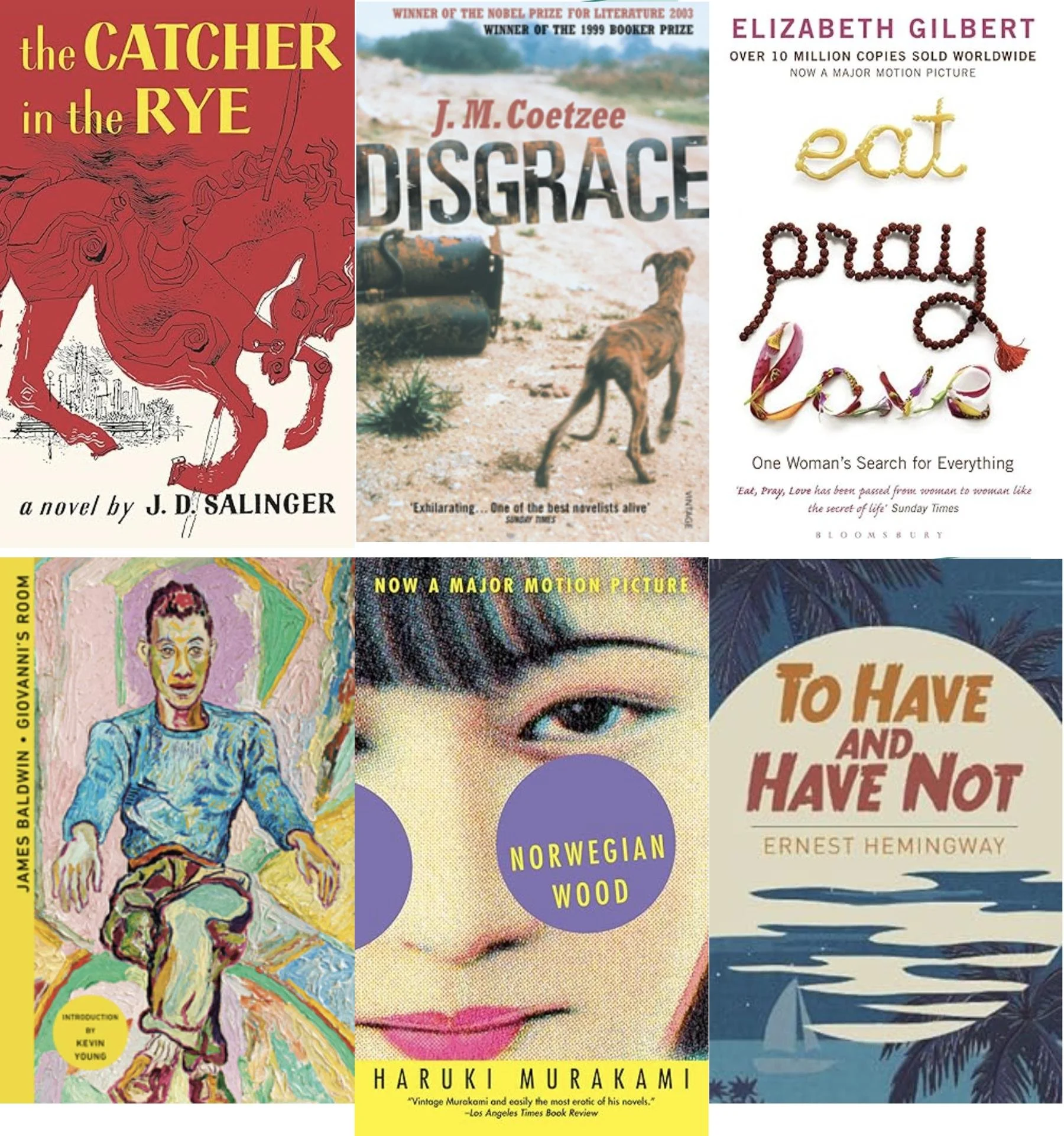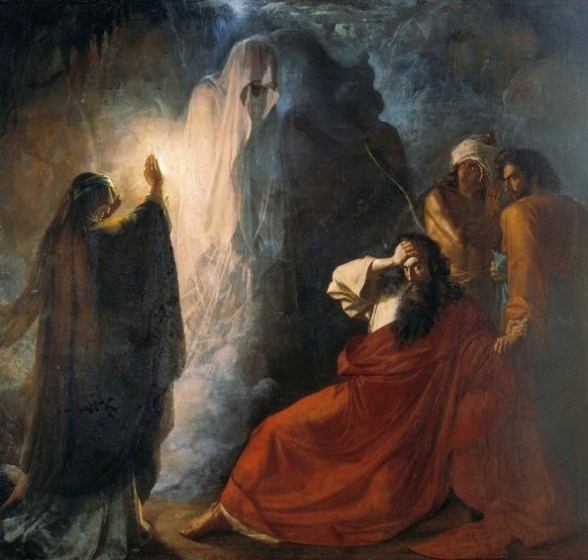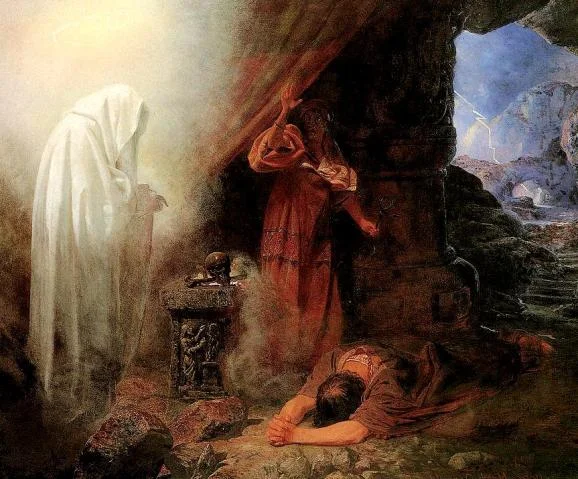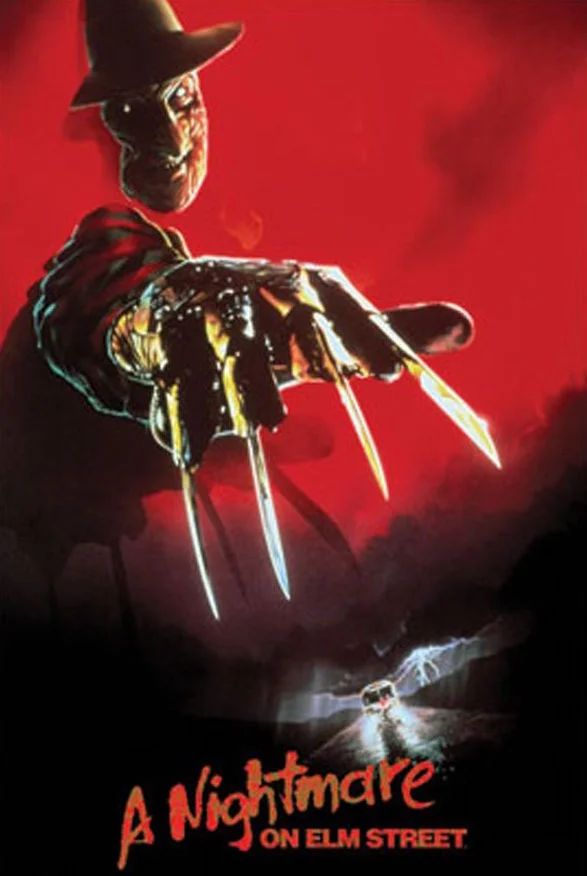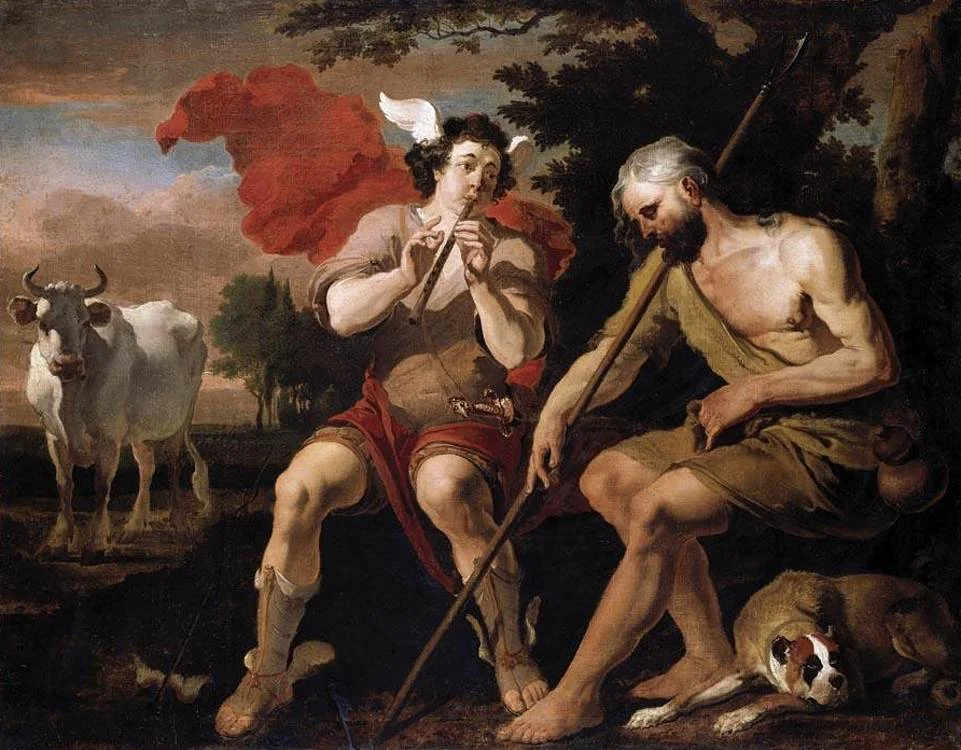What to read on vacation? From Paris to Tokyo, here are some recommendations to immerse yourself in foreign cultures.
There’s nothing quite like diving into a book that takes you to the very place you're about to visit — or are currently exploring. Literature has a magical way of bringing locations to life, adding rich historical context, cultural nuances and captivating narratives that enhance your travel experience.
Whether you’re an avid reader or simply just looking to deepen your connection with your destination, creating a literary itinerary can be a delightful way to enrich your journey.
Let’s explore some of the most enchanting destinations and the books that would be your trusty companions along the way.
Paris, France
Giovanni’s Room by James Baldwin
Ah, Paris — the City of Light, and an epicenter of art, culture and romance. Set in 1950s Paris, Baldwin’s novel Giovanni’s Room explores themes of identity, love and societal expectations. The story follows David, an American expat who struggles with his sexual identity. While his fiancée, Hella, is away in Spain, David begins an intense romantic relationship with Giovanni, an Italian bartender. This deeply moving story is a poignant and powerful exploration of the complexities of human emotions and the struggle for self-acceptance in a world that often demands conformity.
Italy
Eat Pray Love by Elizabeth Gilbert
Gilbert’s bestselling memoir, Eat Pray Love, is a captivating tale of self-discovery that takes you on a transformative journey through Italy, India and Indonesia. While in Italy, Gilbert immerses herself in the country’s gastronomy, savoring the flavors and traditions of cities like Rome and Naples. This book is sure to whet your appetite for the amazing food and cultural richness that Italy has to offer.
Florida
To Have and Have Not by Ernest Hemingway
If you’re planning a trip that includes, perhaps, a three-day cruise to Key West, consider packing a copy of To Have and Have Not by Hemingway. Set against the backdrop of the Great Depression in the Florida Keys and Cuba, this gripping novel, written in the author’s simple and direct style, explores the economic struggles and moral dilemmas of its characters. And while you’re in Key West, be sure to visit the Ernest Hemingway Home & Museum, where the legendary writer lived in the 1930s, or imbibe at Sloppy Joe’s, Papa’s favorite watering hole during his time on the island.
New York City
The Catcher in the Rye by J.D. Salinger
Often included in American high school curricula, Salinger’s provocative novel The Catcher in the Rye explores universal themes such as alienation, identity, loss and the transition from adolescence to adulthood — all seen through the eyes of its angsty teenage protagonist, Holden Caulfield. Nearly all the landmarks Holden mentions as he wanders around Manhattan — Central Park, the American Museum of Natural History and the Met — still attracting visitors more than half a century later, and they play significant roles in the story.
Tokyo, Japan
Norwegian Wood by Haruki Murakami
Step into the world of 1960s Japan with Murakami’s coming-of-age novel, Norwegian Wood. This poignant tale of love, loss and self-discovery is narrated by 37-year-old Toru Watanabe, who finds himself transported back to his college days after hearing the Beatles’ song “Norwegian Wood (This Bird Has Flown)” while on a business trip. For an author whose stories typically exist between the real and the surreal, Norwegian Wood takes a decidedly more subtle approach, yet still showcases Murakami’s characteristically delicate touch.
Cape Town, South Africa
Disgrace by J.M. Coetzee
Set in post-apartheid South Africa, J.M. Coetzee’s Booker Prize-winning novel Disgrace focuses on the life of David Lurie, a disgraced university professor. After an affair with a student leads to his dismissal, Lurie retreats to his daughter Lucy's rural farm in the province of Eastern Cape. There, they experience a brutal attack that forces both of them to confront their vulnerabilities and the harsh realities of a changing society. The novel explores themes of power, redemption, racial tensions and the search for a new identity in a country grappling with its past.
Literary Wanderlust
These are just a few examples of the countless literary treasures that can enhance your travel experiences. By immersing yourself in the pages of a book set in your destination, you’ll gain a deeper appreciation for the local culture, history and stories that have unfolded within those very streets and landscapes.
But the allure of literary travel goes beyond mere reading. Many destinations offer opportunities to follow in the footsteps of your favorite authors, explore the places that inspired their works, or attend literary festivals and events.
So, as you plan your next adventure, be sure to pack a few literary companions — they’ll not only entertain you during your travels but also provide a perspective through which to explore the world around you. –Boris Dzhingarov


